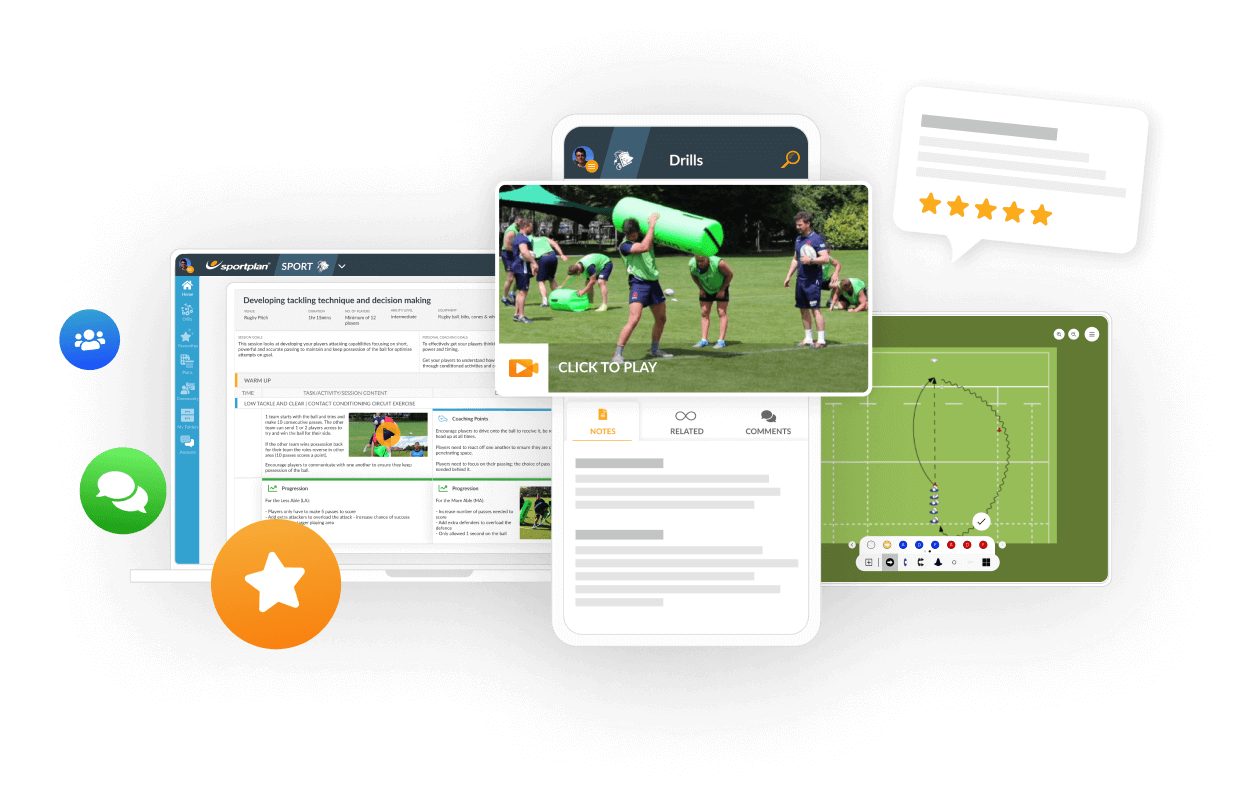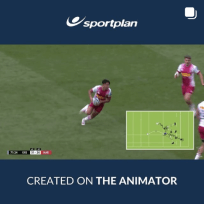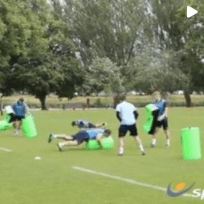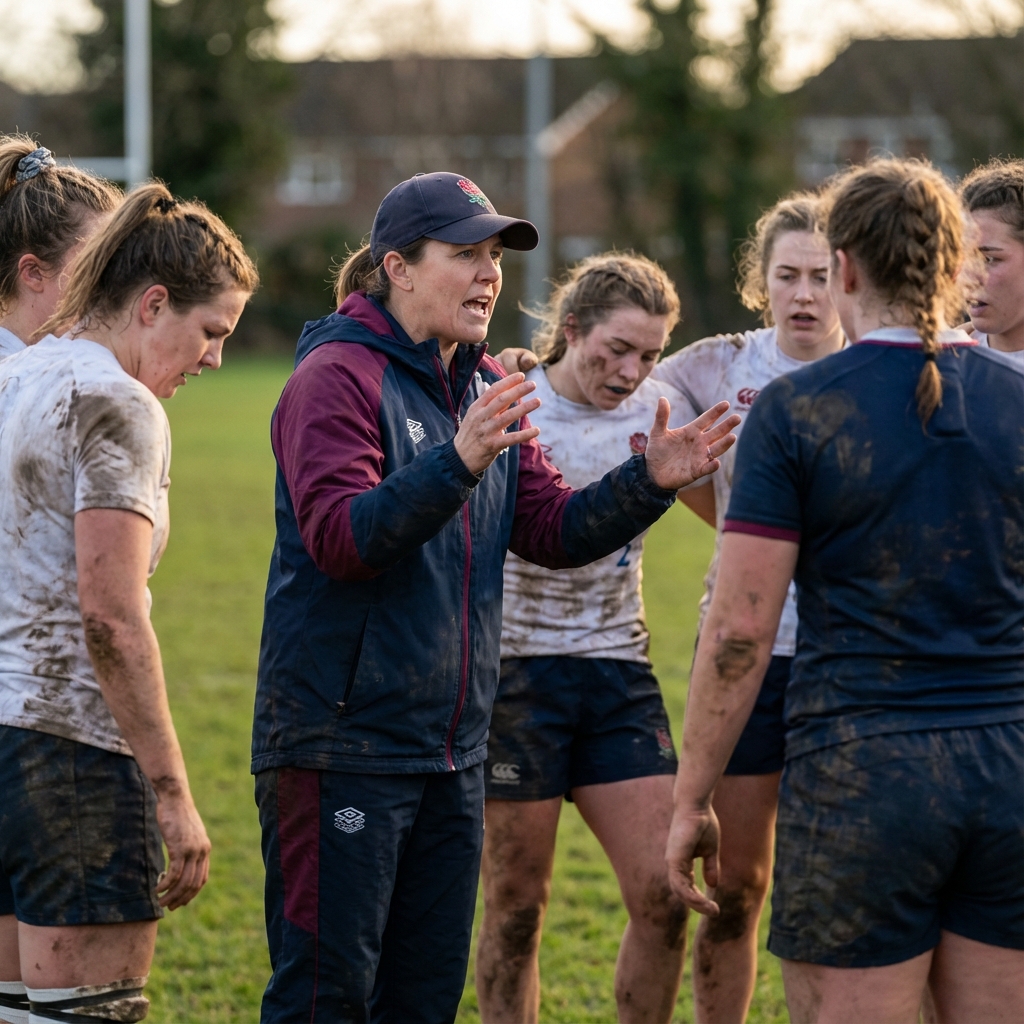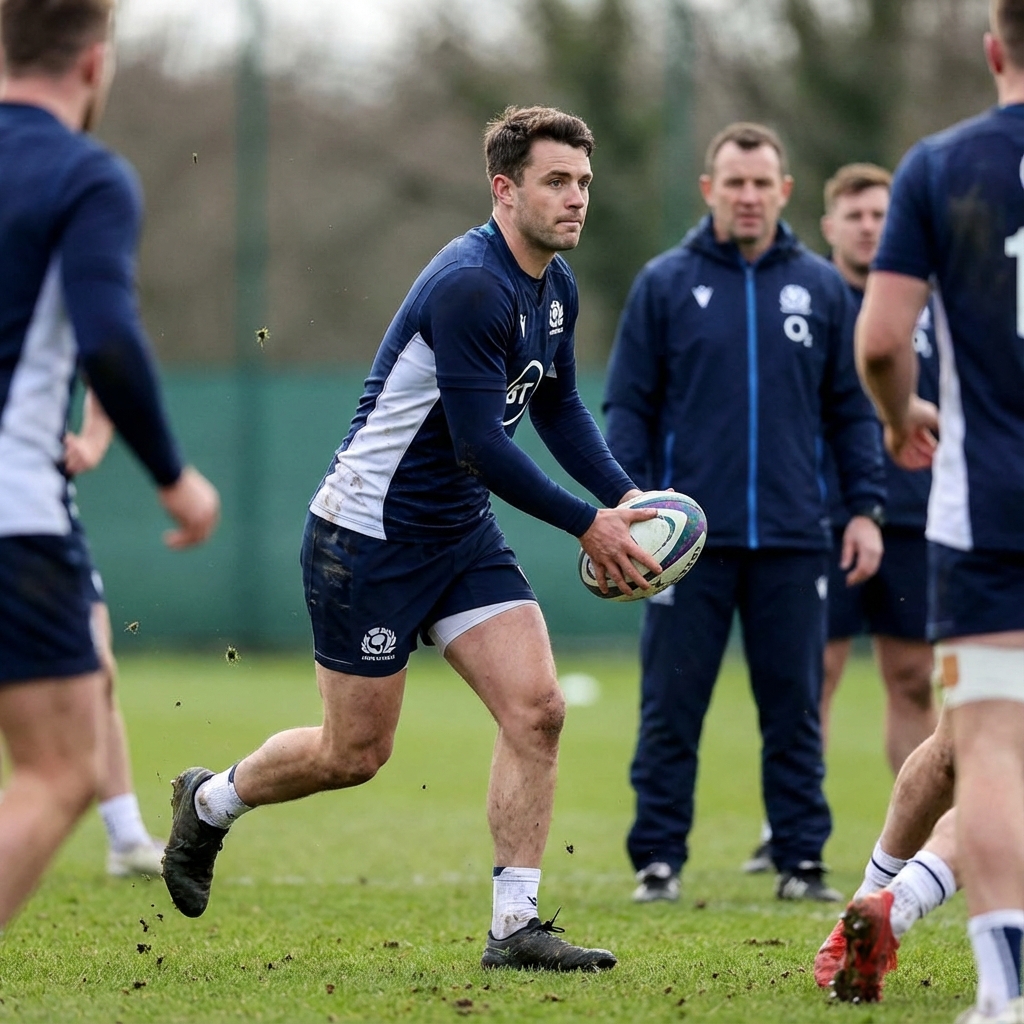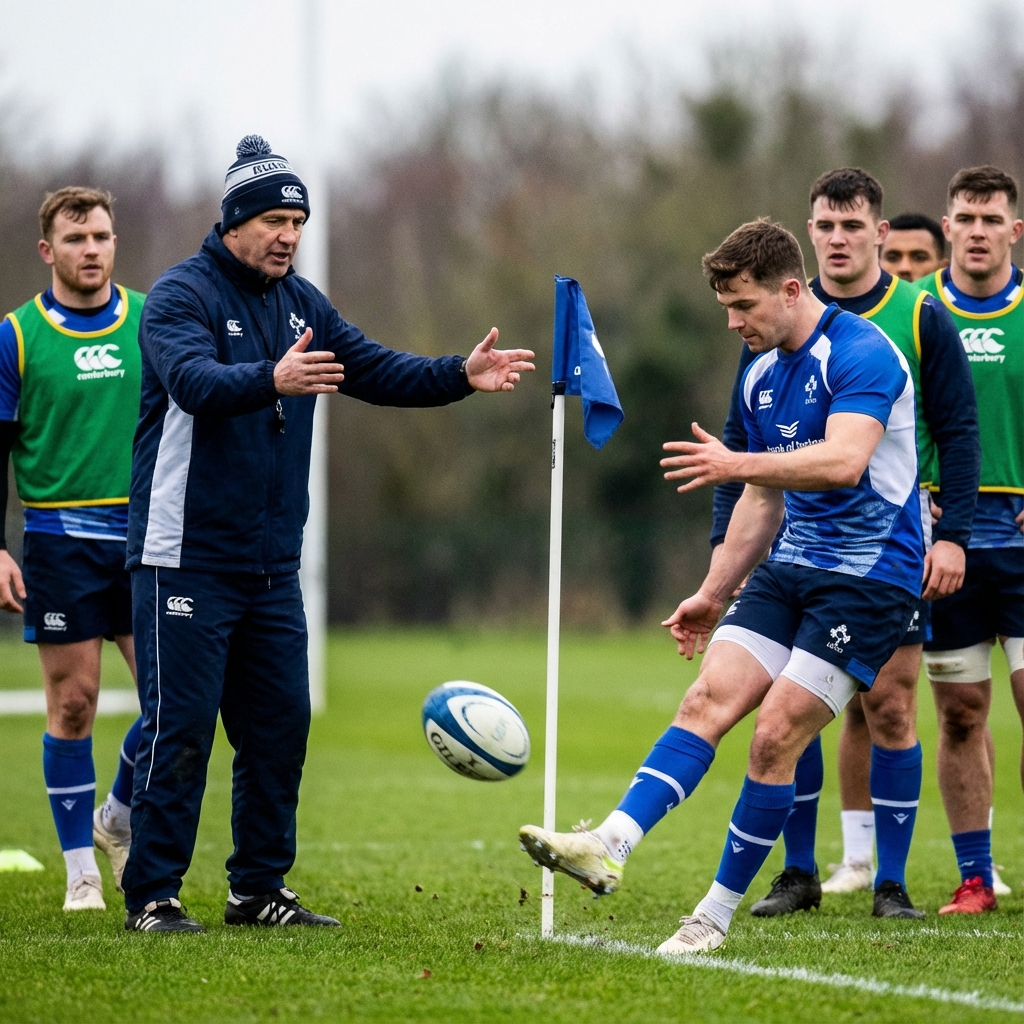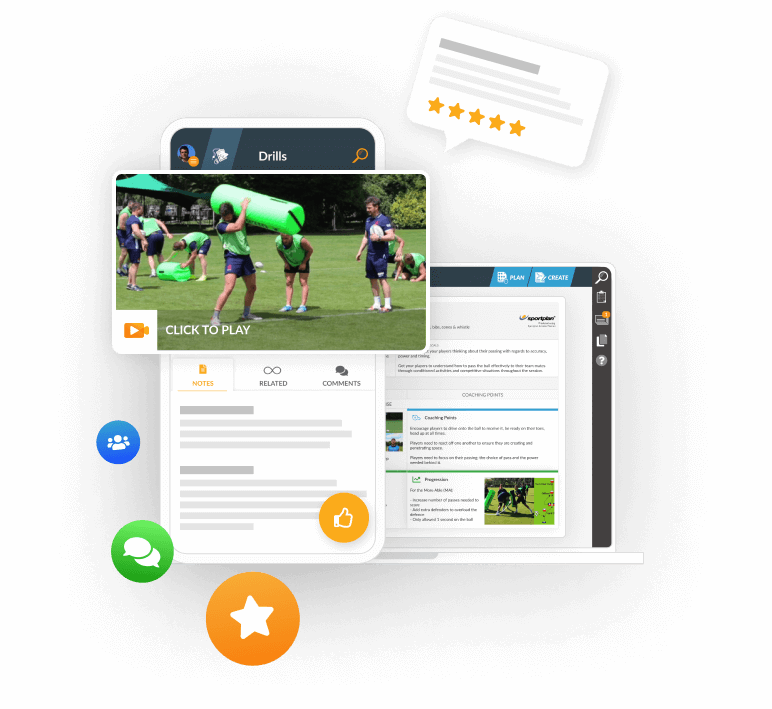The 50:22 law, introduced as a trial and now a permanent fixture, has fundamentally changed how teams approach tactical kicking. A kick from your own half that bounces in-field, crosses the 22, and finds touch rewards the kicking team with the lineout throw-in. This single law change has altered both attacking and defensive strategies across the game.
Understanding the Law
The requirements:
- Kick must originate from behind your own 10-metre line
- Ball must bounce in the field of play (not direct to touch)
- Ball must cross the opposition's 22-metre line
- Ball must then go into touch
- Kicking team retains the throw at the lineout
These requirements create specific technical demands. The kick must be long enough to reach the 22, accurate enough to hit the corner, and struck correctly to bounce in-field first.
Why 50:22 Matters
Before the 50:22, kicking from your own half that went to touch gave the throw to the opposition. The only benefit was territorial gain. Now, an accurate 50:22 delivers both territory AND possession - a game-changing combination.
The tactical impact:
- Lineout attacking platform in the opposition 22
- Defensive scramble if full-back fails to cover
- Forces back three to position wider, creating space elsewhere
- Punishes lazy defensive positioning
Executing the 50:22
The Grubber Option
A well-struck grubber can beat the full-back to the corner. The low trajectory keeps the ball in play, and end-over-end rotation makes the bounce predictable.
Grubber technique:
- Strike through the middle of the ball, toe down
- Generate end-over-end spin for predictable bounce
- Aim for the gap between full-back and touchline
- Follow up - if it doesn't reach touch, contest the chase
The Chip and Chase
A chip kick over the defensive line that bounces in the 22 and reaches touch. Higher risk - defenders can field it before it reaches touch - but effective against narrow defences.
Chip technique:
- Get under the ball with angled foot
- Enough height to clear defenders, not so much that chase time is lost
- Backspin for controlled bounce toward touchline
The Cross-Field Kick
Against a defence shifted to one side, the cross-field kick to the far corner can find space. This is a longer kick requiring more accuracy but exploits defensive imbalance.
Defensive Adjustments
The 50:22 has forced defensive positioning changes. Full-backs can no longer sit narrow - they must cover the width. Wings must be aware of their touchline responsibilities.
Defending against 50:22:
- Full-back positions wider to cover both corners
- Wings drop deeper to provide secondary cover
- Communication about kick threats: "Watch grubber!"
- Quick identification and reaction to kicks
These defensive adjustments create space elsewhere. If the full-back is wide, the central channel opens. If wings drop deep, the defensive line loses numbers.
When to Attempt 50:22
Good opportunities:
- Full-back positioned narrow or deep
- Wide channel space visible
- Defence rushed up, leaving back field exposed
- Slow ball where running attack is risky
Poor opportunities:
- Full-back already covering the corner
- Quick ball with attacking momentum
- Wind against making accurate kicking difficult
- Kicker not in optimal position
Training 50:22 Execution
Individual kicking practice:
- Set targets at the corner - grubber to specific zones
- Practice both feet (advantage when on either side)
- Vary distances - not every 50:22 opportunity is from the same position
Team practice:
- Live scenarios with defence - read the full-back position
- Decision-making: kick, run, or pass?
- Chase organisation when the kick doesn't reach touch
Alternative Outcomes
Not every 50:22 attempt succeeds. But the threat creates secondary benefits:
If fielded before touch: You've still gained territory and forced the opposition to start from deep. Apply chase pressure and compete for their exit kick.
If it bounces out before 22: Opposition throw, but you've gained significant ground. Reset defensive line.
If full-back covers: Your threat has pulled them wide. Subsequent attacks may find more space centrally.
The Mental Game
The 50:22 threat changes how oppositions defend, even when you don't kick. Simply having players capable of executing the kick forces wider positioning and changes defensive dynamics.
Make sure your opposition knows you have this weapon. Execute it successfully early in matches, and they'll respect the threat throughout.
Key Coaching Points
- The 50:22 rewards accurate kicking with possession AND territory
- Grubbers are highest percentage - practise them
- Read the full-back position before deciding
- Even unsuccessful attempts gain territory
- The threat changes defensive positioning










